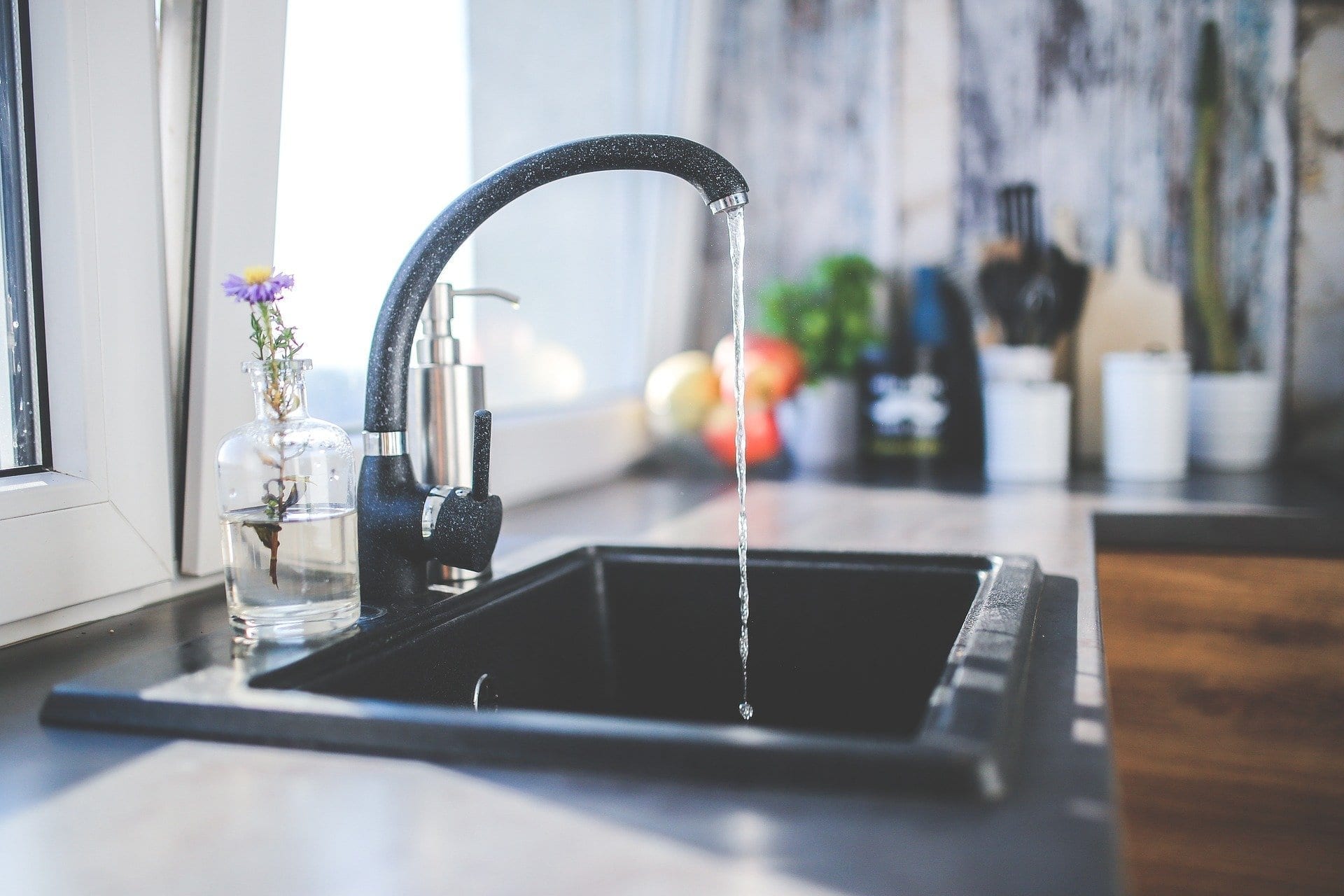Few things are worse than waking up on a cold winter’s morning only to find frozen pipes. Once you make this discovery, you need to act fast to prevent the pipe from bursting and damaging your property.
Here are the steps that should be taken when you discover a frozen pipe.
Step 1: Find the frozen section of pipe
If you turn on a faucet and notice a trickle of water or no flow at all, check nearby fixtures to see if any water is flowing through them. If not, this is a good indication of a frozen pipe.
If you can see the piping, do a visual inspection for frost or condensate. Pipes are most likely to freeze in attics, basements, external wall cavities, crawlspaces, or poorly insulated spaces.
Step 2: Determine if the frozen pipe is still intact
Depending on how long the pipe has been frozen, you may or may not have a burst or damaged pipe to deal with. If water is leaking or gushing from another part of the pipe, you need to shut off your main supply and call in a professional. If you do not see evidence of a damaged pipe or leakage, you can start attempting to thaw the pipe.
Step 3: Turn on faucets connected to the frozen pipe
Turning on the faucet allows you to monitor your progress because water will flow once the ice starts melting. Having an open path for water to flow also lowers the risk of pressure buildup and pipe bursts. This small amount of flow can help the ice melt faster.

Step 4: Apply heat to the frozen section of pipe
If you can see the frozen pipe, turn up the heat in the room where the pipe is located, or use a hairdryer to gently heat the frozen section of pipe. Space heaters are also a potential solution if available. Never use a blow torch as this is a fire hazard.
For hidden pipes, the solution is a bit more complex. As with exposed pipes, you should still try simple methods to thaw the frozen pipe first, such as turning up the heat or using a hairdryer or space heater. If all else fails, the wall housing the frozen pipe might need to be cut open to allow warm air to better circulate around the frozen section.
Step 5: Prevent additional frozen pipes
You might escape disaster once but it is best not to push your luck with frozen pipes. Insulate pipework or reroute to prevent exposure to temperatures that can cause future pipe freeze.
If you have frozen pipes, burst pipes, or want to explore solutions to help protect your pipes from freezing, give us a call or schedule service online! Our expert technicians and friendly staff are available 24/7 to assist you.

(618) 484-9822 | TrustTiger.com
Financing
Options
Winning Team





















